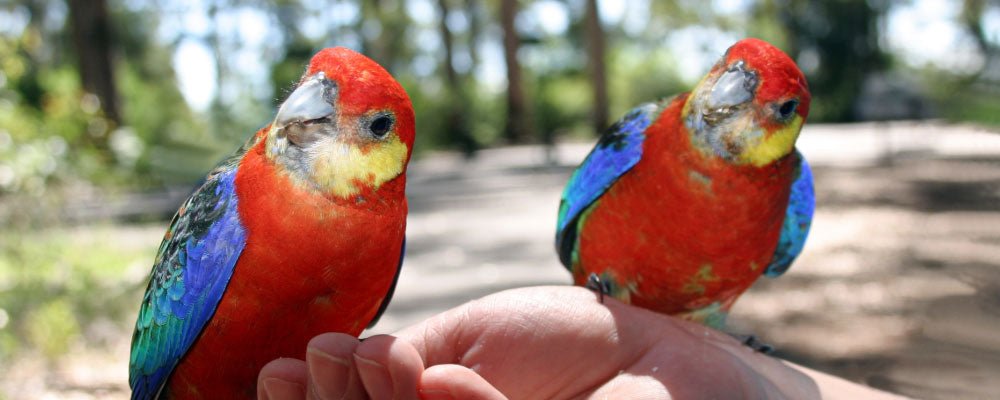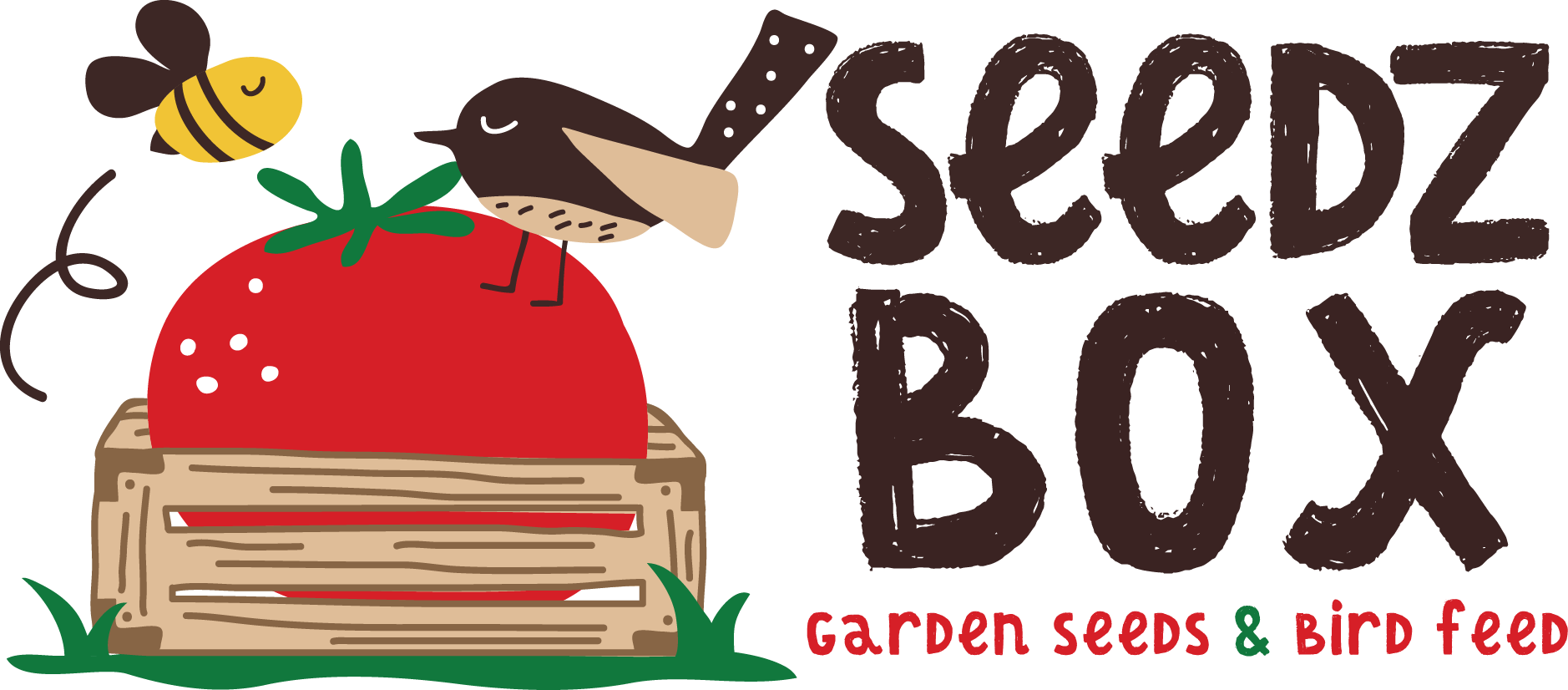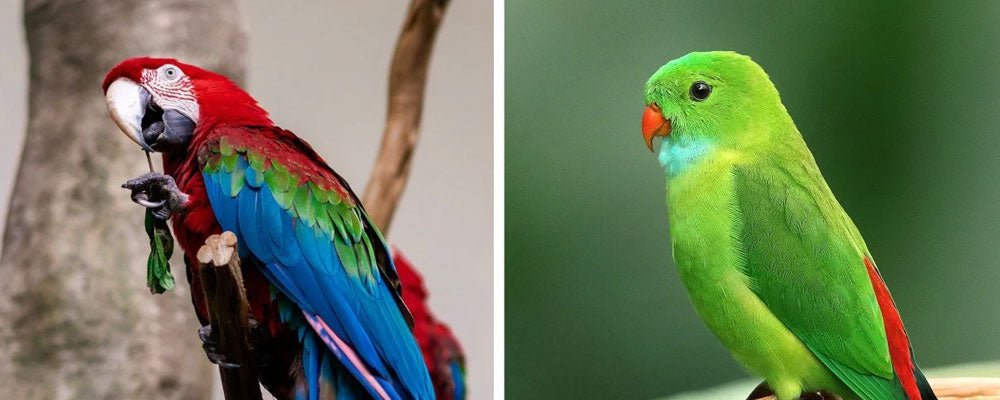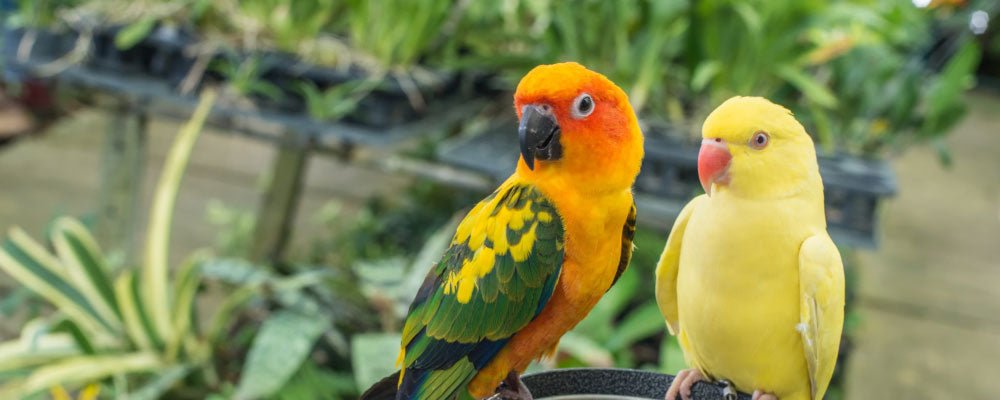
What is a Parrot? Facts About Parrots
There is much confusion and stereotypes about parrots and what actually constitutes a parrot. They’ve been popular birds since the Roman times, although parrot-keeping reached its peak only after the 1960s.
Their popularity can be attributed to their colourful plumage, their intelligence and flair for mimicry, their playful behaviour and ability to bond with human beings. Naturally they require a considerable amount of dedicated care, attention and psychological stimulation in order to lead happy, balanced lives.
If asked to define a parrot, most people would conjure up an image of a squat-bodied, short- tailed bird, with a round head, a large hooked beak and perhaps a pirate or two in tow.
The feather colour is often predominantly green in Amazon species or grey with a red tail in the case of the African grey parrot, but quite frankly with over eighty types of parrot and 350 species in total, the range of size, colour and shape is wide.
To start with, the class of vertebrates that includes all birds is called Aves and contains several major orders and is in turn sub-divided into three parrot species families.
Many are popularly kept as pets, or as collections in aviaries, they are popular because of their colourful plumage, their intelligence and flair for mimicry, their playful behaviour and ability to bond with human beings. The larger species are also long-lived, which allows for a long-term bonded relationship with a family.
Which parts of the world do parrots live?
Most species of parrot originate from tropical or sub- tropical areas of the world, and are distributed naturally through all continents except Antarctica and Europe. However, many types are also found in temperate grassland regions, and species such as the Quaker or Monk parakeet and the Indian ring-necked parakeet.
In general, parrots from the Far East and Australasia show sexual dimorphism, which means visible differences between male and female, whereas those from Africa and the Americas are mostly sexually monomorphic, which means the male and female are indistinguishable to the human eye.
How big are parrots?
The body size of parrots can also vary dramatically – from just 10 grams for Pygmy parrots up to 1.5kg for the Hyacinthine macaw – and body shape ranges from the short and dumpy through the more streamlined, long-tailed Asian, African and Australasian parakeets and their South American counterparts along with the heavier bodied long-tailed macaws. Somewhat an outlier are the cockatoos, who are short-bodied, short-tailed birds with very distinctive erectile crest feathers.
Do parrots migrate?
Generally speaking, parrots do not migrate to take advantage of seasonal food sources, climate, or nesting sites, but they are irregularly nomadic, travelling from roosting sites to feeding grounds and following the various buds, fruits, nuts, and seeds that make up their diet. How much a parrot travels really depends on the environment. For example, parrots of tropical rainforests have less need to travel long distances compared with parrots living in temperate grassland with wet and dry seasons since food is normally further away.
Which parrots can imitate humans?
Parrots are social and vocal birds in the wild and often gather in large family groups or even larger flocks numbering hundreds of individuals. Loud screeching calls within the group serve to maintain contact and warn of danger at all times since they are not predators.
Many parrots are able to mimic sounds including human speech and this of course also endears them as pets. Amazons, budgerigars, macaws and occasionally other species will 'talk', but the best imitator is the African grey parrot, which is probably the most popular of the larger species.
Mynah birds are also excellent mimics in terms of their imitating abilities. But, the difference between mynah birds and grey parrots is that the greys appear to understand the words they are saying and can often use them in the right context, for example saying 'hello' and 'goodbye' at appropriate moments.
Parrots are very smart and some researchers believe that, by maturity, some species can have the level of intellect of a three to five-year-old child and will learn simple tasks and behaviour patterns, such as recognising colours, shapes, textures and numbers.



Leave a comment
This site is protected by reCAPTCHA and the Google Privacy Policy and Terms of Service apply.